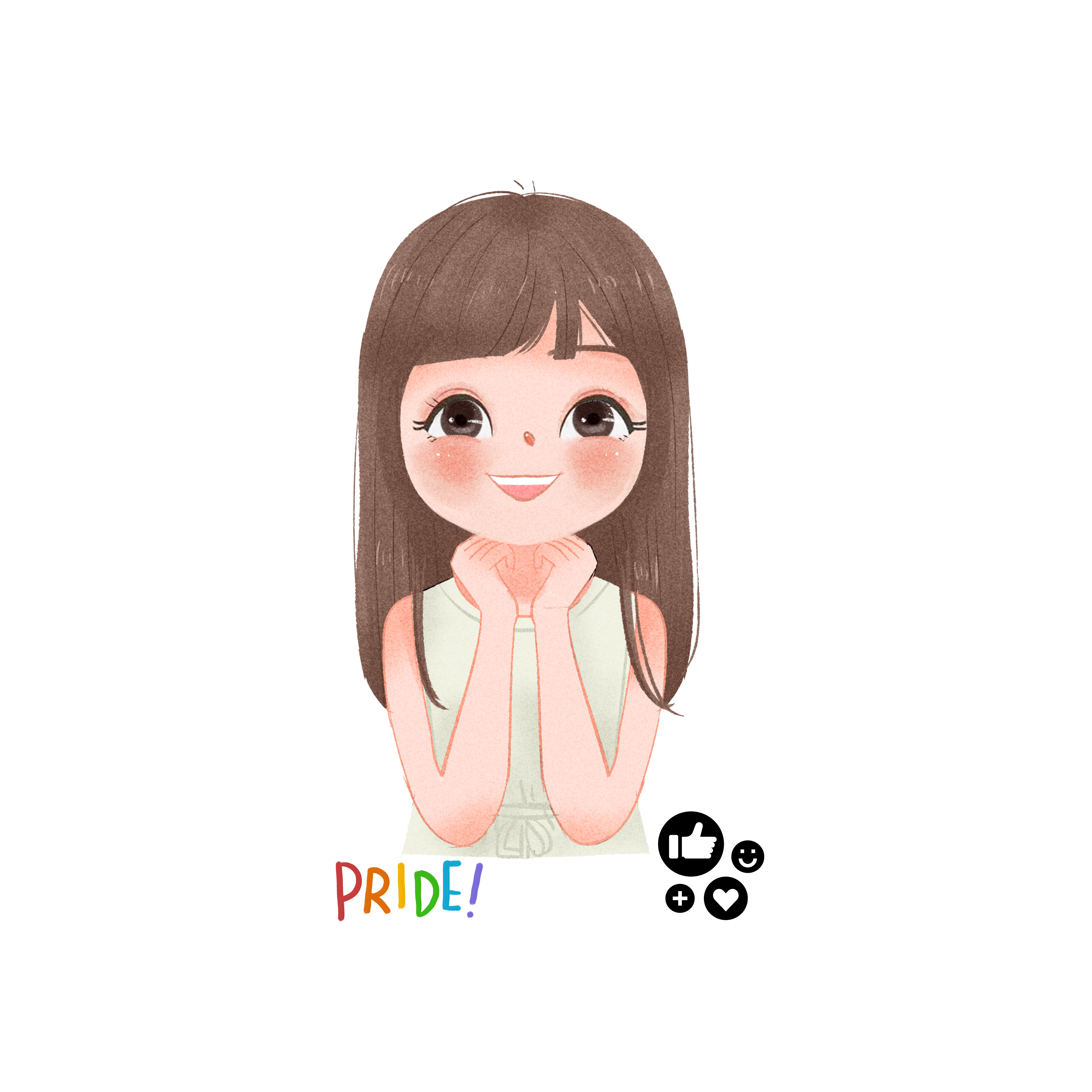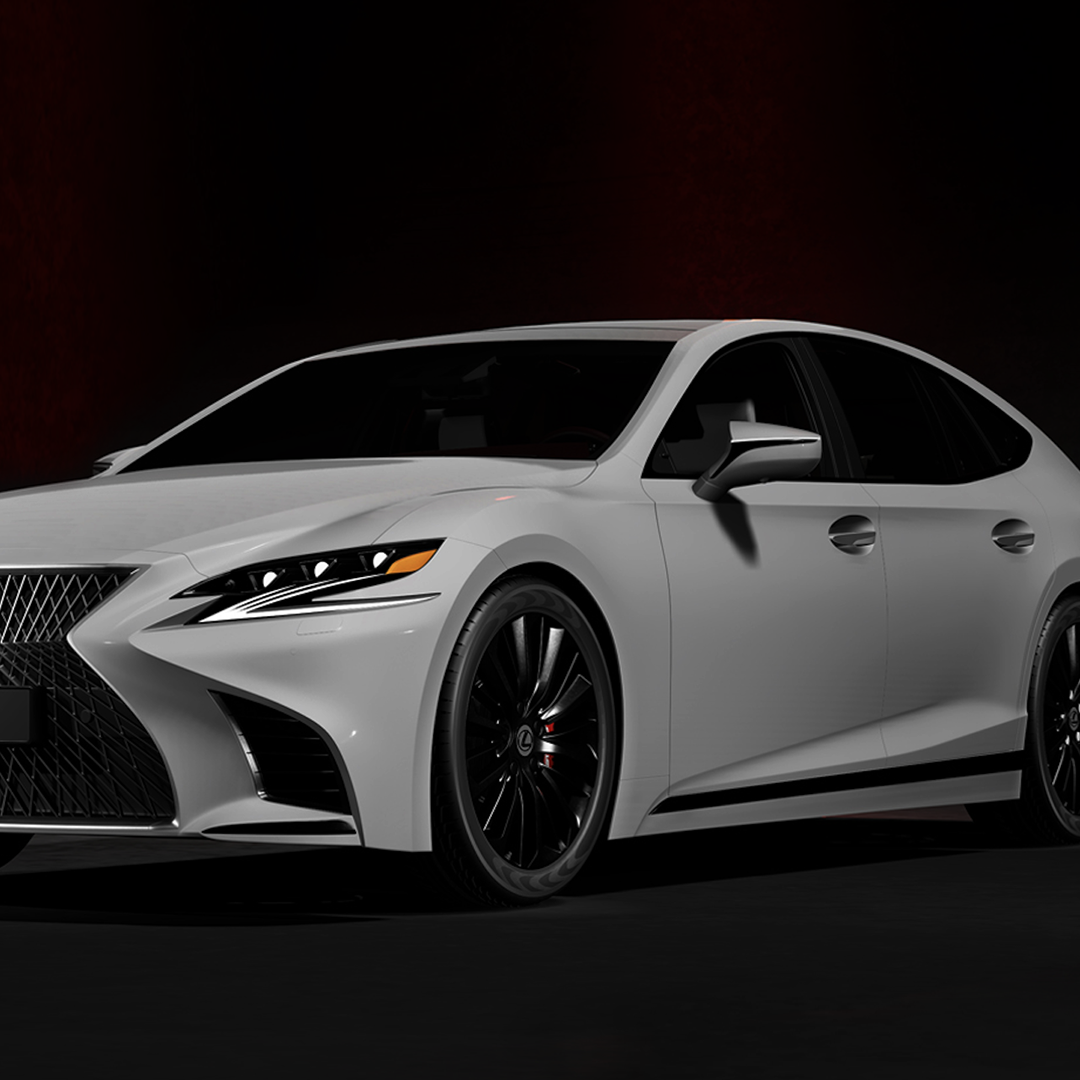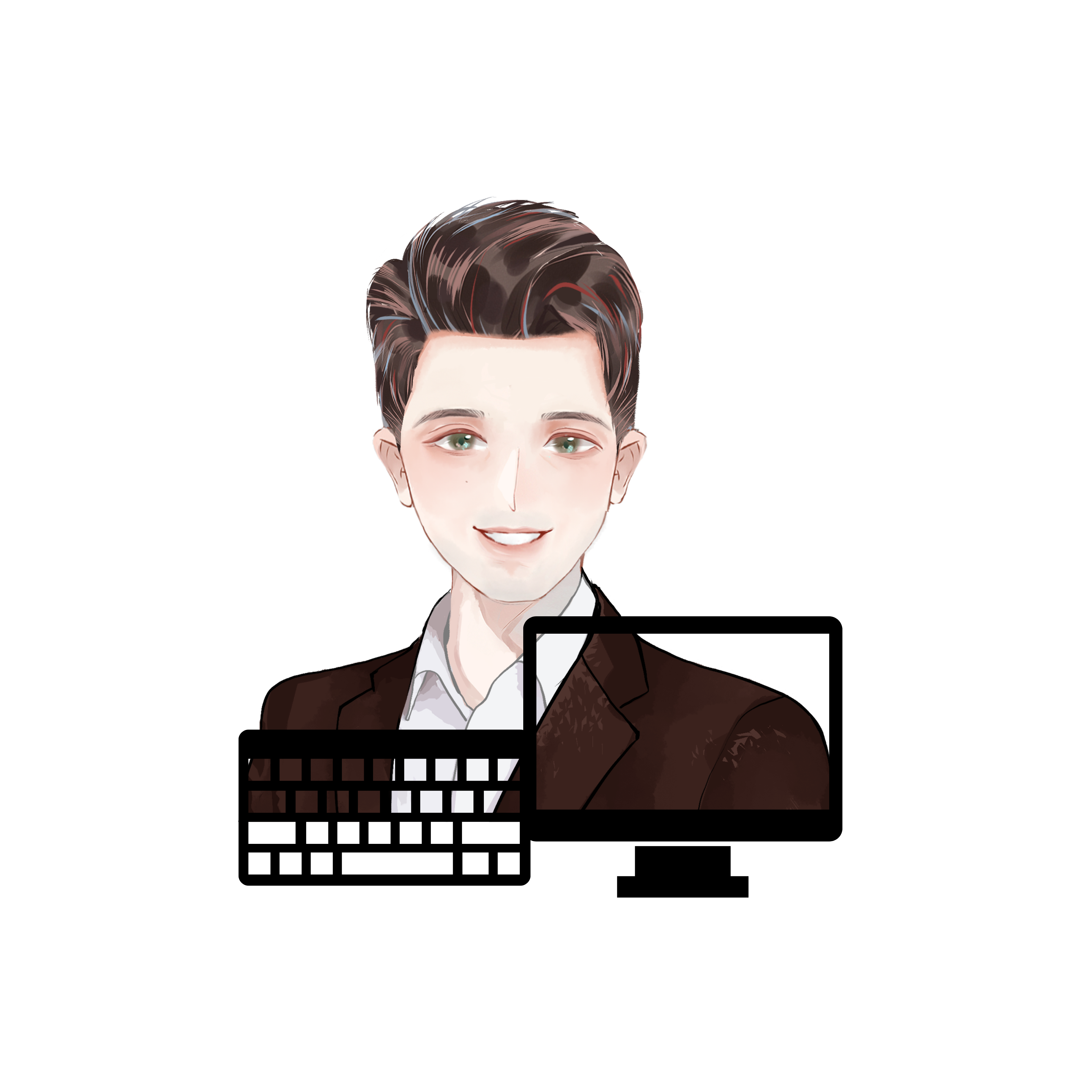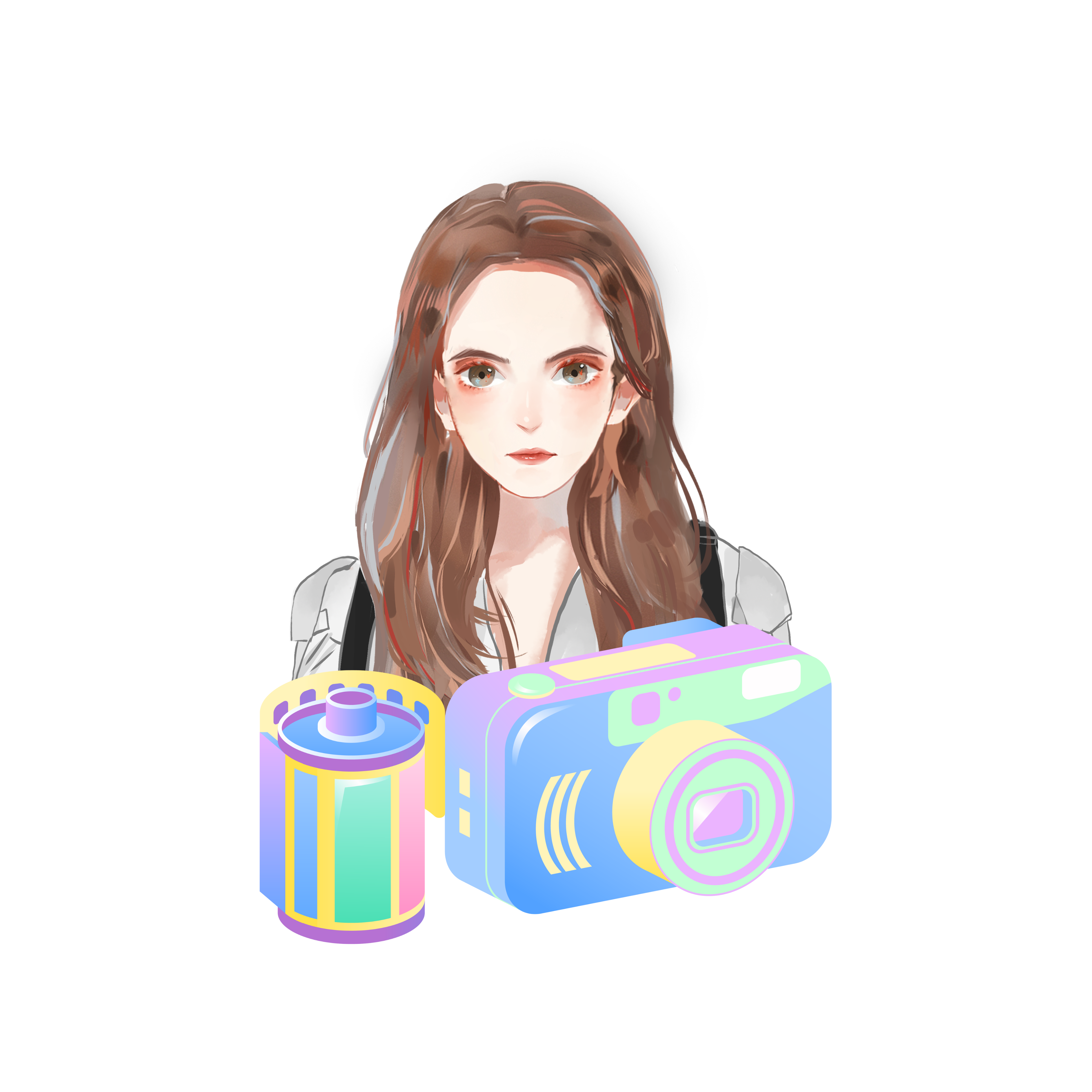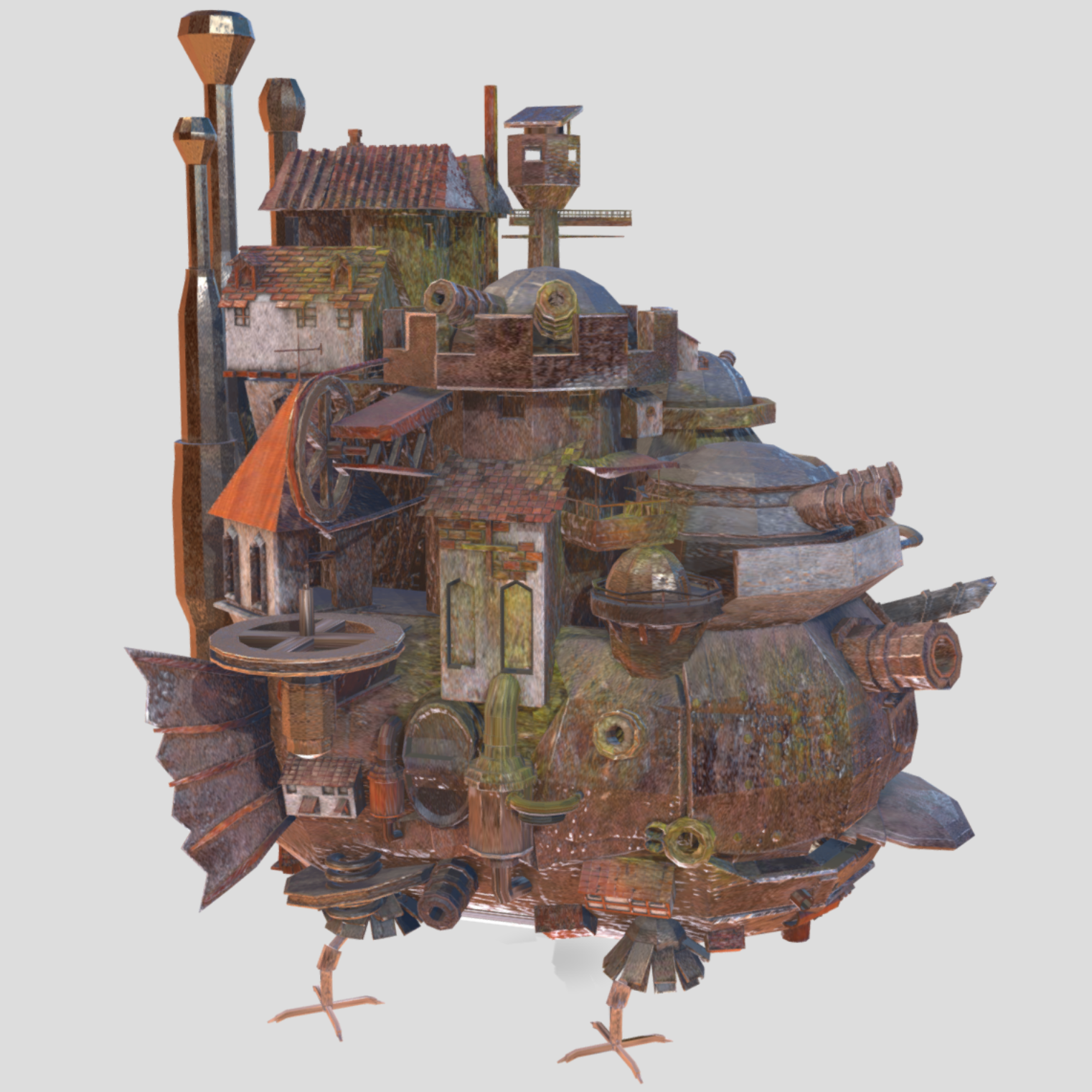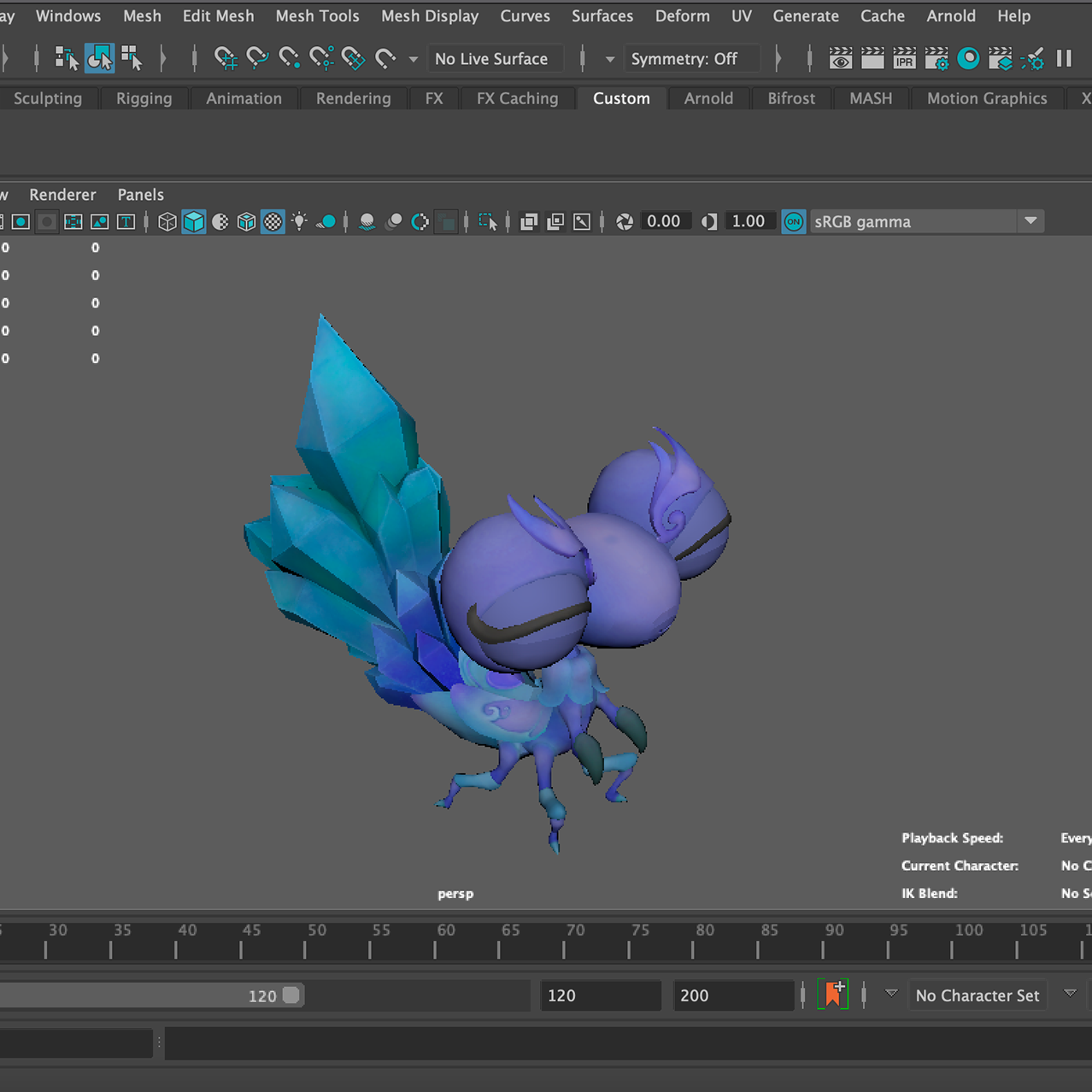Project Objective and Design
This interactive AR project was designed for indoor use as a practical exercise in Unity for experiencing 3D modeling and visualization design. Its main objective was to enhance spatial awareness and compare a 2D animated movie, Howl's Moving Castle (Hayao Miyazaki, 2004), with its 3D representation.
Participant Engagement
Participants were instructed to hold a landscape painting horizontally in front of a MacBook Pro front camera, which recognized it as an image target. Due to equipment limitations, the distance between the artwork and the camera was flexible but typically ranged between 1 ft (0.3 m) and 3.28 ft (1 m).
Immersive Experience
Once the camera recognized the image target, participants (the majority are students) could see the moving castle, 3D modeling, animation, and visual effects. The original movie's background music played continuously as long as the painting remained in front of the camera. Students could touch the landscape painting with their left hand (or switch to their right hand), with the ideal touching area being the left bottom corner to facilitate castle rotation.
Kindly view the videos and the process screenshot provided below.
Shorter Version (12 s):
Longer Version (1 min 25 s):
The user interaction video starts after the first 35 seconds.
Future Interface Enhancements
Future work on the interface design of the moving castle AR application could make it more intuitive and user-friendly. Some students suggested that the controls and interactions could be more easily understood and consistent throughout the AR application. For instance, if they want to tap on and interact with the castle object, this interaction should be constant throughout the AR experience. One student suggested providing more precise and concise instructions before testing, such as guidance on using the AR application and any necessary safety instructions.
In conclusion, most users found this AR project to be an impressive experience, particularly in its ability to assign meaning to space and facilitate a better understanding of spatial relationships through AR interventions, depending on the user's exploration. The use of AR technology for this project in spatial cognition has the potential to provide valuable visual cues and guidance, enhancing learning abilities and facilitating interaction with the environment.


